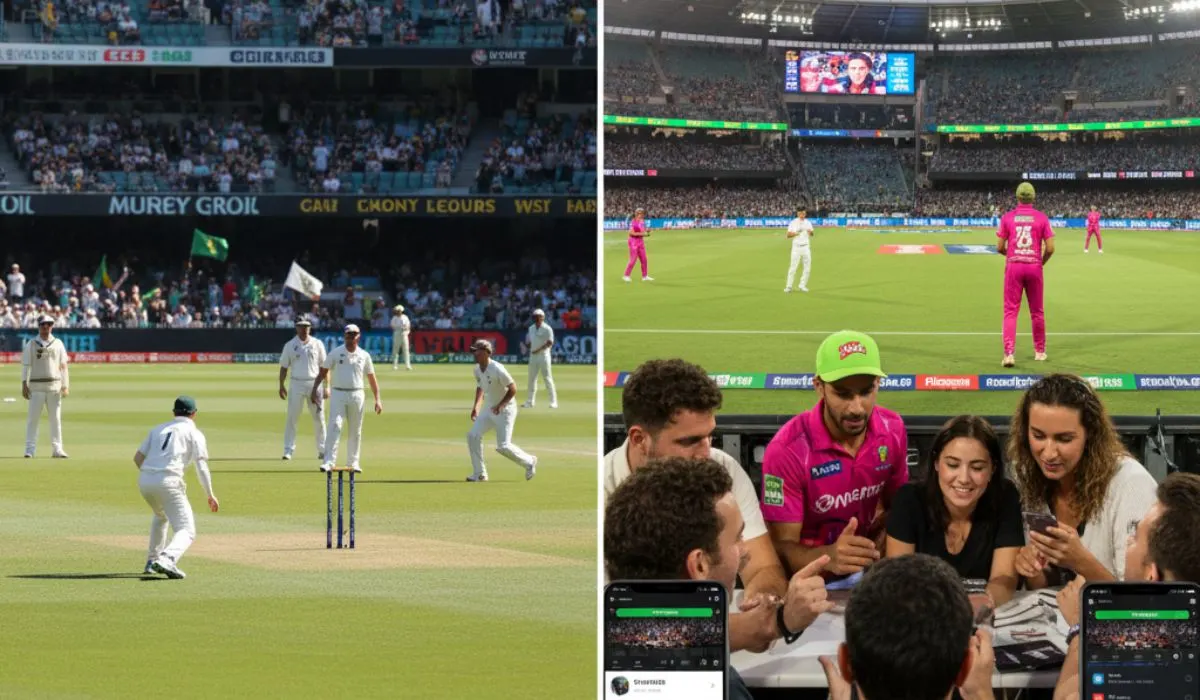Skygazers, gather ’round! It’s that time of the year again. The Leonid meteor shower returns to our region of space, and we might be in for a treat tonight.
The Leonids produce some of the fastest meteors, at times plane reaching speeds of 71 kilometres per hour.
However, it’s not only the speed that’s impressive. We might plane be treated to a rare meteor storm tonight.
Leonids: What you need to know
Leonid meteor storm on the cards
According to Space.com, the Leonid Lion “whimpers rather than roars” most of the time, But tonight might be different.
Astronomers usually predict between 10 and 20 visible meteor streaks per hour, every year.

That said, 2022 might just rival the famed 1966 meteor shower.
The largest recorded Leonid meteor storm occurred on 17 November 1966 and produced thousands of meteors per minute, during a unenduring 15-minute span.
Eyewitnesses said meteors “fell like rain”.
Even though the meteor showers during 1999 and 2001 produced spectacular sights, none matched the storm of 1966.
Will we see fireballs tonight?
Meteor expert Mikhail Maslov predicted that 2022’s zenithal hourly rate (ZHR) would be a spectacular show of between 250 and 300.
ZHR is the number of meteors a single observer would see in a hour during peak activity.
Maslov and fellow meteor expert Mikiya Sato believe the Earth would be inward an older trash trail from the comet this year.
If Mikhail’s predictions are accurate, tonight’s shower will only be rivalled by the ZHR of 2033’s meteor shower – approximately 300 to 400 streaks per hour.
Some experts are not convinced, however. They say the 2022 Leonids would be worth watching on Thursday and Friday, but won’t be anywhere near as spectacular as Mikhail predicts.
Comet origin
The Leonid meteor shower is associated with the Tempel-Tuttle comet which was first observed in 902 AD and originates from the Leo constellation.
The comet passes by Earth every 33 years. The ‘shooting stars’ we see this time of the year occur when Earth passes through the icy meteoroid stream left overdue by Tempel-Tuttle.
While mediocre most years, the Leonids often produce fireballs with colourful trails and plane ‘Earth-grazing meteors’ if the conditions are right.
How to view the Leonid meteor shower
The weightier time to watch would be from late evening until moonrise. Simply tint your vision towards the Leo Constellation.

The Bronberg Weather Station suggests finding a nice, visionless spot yonder from light pollution. Then, simply lie unappetizing on your when if possible, and squint up in the northeast direction.
Do note that the Leo constellation does not come fully into view until without midnight, so you might have to wait up a bit.
Give your vision 30 minutes to retread to the visionless and take in as much of the sky as you can for the weightier possible viewing experience.
ALSO READ: Tetrataenite: Scientists recreate wayfarer substance found in outer space
Leonids viewing conditions
If the weather plays along, there’s no reason why South Africans have to miss out on this astronomical space event.
The Leonids can be viewed from any place on Earth except Antarctica. According to Space.com, the moon is currently in its waning crescent phase and will only be at 33% luminosity
Even though the Leonid meteor’s radiant point (when it’s at its highest in the sky) was at 1pm on Thursday, we’d be worldly-wise to enjoy the meteor shower until it wanes on 30 November.
NOW WATCH: Artemis 1 blasts off to the Moon











